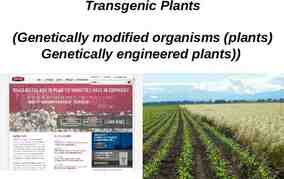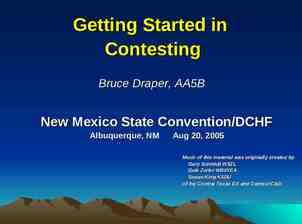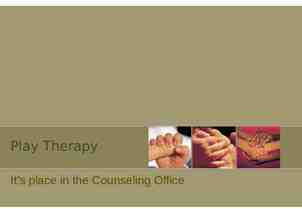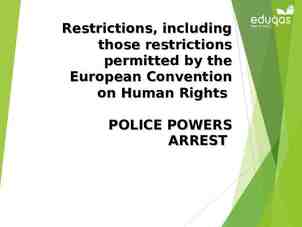CHAPTER CHAPTER 11 Introduction Introduction to to
12 Slides114.50 KB
CHAPTER CHAPTER 11 Introduction Introduction to to Elementary Elementary Physical Physical Education Education “Mistakes are the portals of discovery.” – James Joyce
Perceptions of Chapter 1? “Getting Started” Questions? ?What is learned helpless? ?What do you think? ”your sole responsibility as a teacher is no longer just to ensure that students learn the content, instead you are being asked to carry out roles of counselor, psychologist, policeperson, doctor, and mediator” ?What social skills do you feel are important to teach? ?Do you feel prepared to teach social skills? ?Is this appropriate content? ?Do we have time?
Physical Education Prepares students to live physically active, healthy lives by providing a carefully planned scope and sequence of learning experiences. Encompasses all 3 domains of learning
Characteristics of Effective Teachers 1. 2. 3. Create positive learning environment Good communicator (demo, learning cues) Knowledgeable practitioner (PCK) Pedagogical Content Knowledge 4. 5. 6. Provide meaningful FB (2 kinds) Create stimulating learning tasks Be concerned with Student Achievement!
A physically educated person 1. 2. 3. 4. 5. HAS learned skills necessary to perform a variety of physical activities IS physically fit DOES participate regularly in physical activity KNOWS the implications and benefits of involvement in physical activities VALUES physical activity and its contributions to a healthful lifestyle Box 1.3 – Five Major Focus Areas (p. 13)
Physical Inactivity Risk “Potential” Benefits of Physical Education – – – – – – Reduce health/injury risks Build self-esteem Enhance social skills Increase social opportunities outside of class Produce “independent learners” P&SR Develop and improve thinking skills
Developmentally Appropriate Designing learning experiences based on varying individual characteristics (e.g., skill level, fitness level, previous experiences, body size, cog/soc level). ? Why not “AGE” ? ? How can we accomplish this? (high skilled, low skilled students)
NASPE Standards 1. Demonstrates competency in motor skills and movement patterns to perform a variety of physical activities. 2. Demonstrates understanding of movement concepts, principles, strategies, and tactics as they apply to the learning and performance of physical activities. 3. Participates regularly in physical activity. 4. Achieves and maintains a health--enhancing level of physical fitness. 5. Exhibits responsible personal and social behavior that respects self and others in physical activity settings. 6. Values physical activity for health, enjoyment, challenge, selfexpression, and/or social interaction. (p. 65 – Box 4.1)
Developmentally Appropriate Physical Education 1. Physical education and athletic programs have different purposes. 2. Children are not miniature adults. 3. Children in school today will not be adults in today's world. Adapted from COPEC 1992
Curriculum Diamond High School (Developing Expertise) Middle School (Exploring Possibilities) Elementary School (Building A Foundation)

















